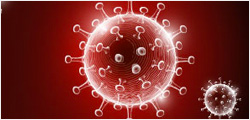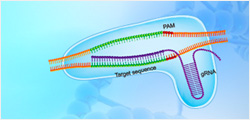CCL7/MCP3, His, Human
Chemokine C-C motif ligand 7 (CCL7), a member of CC chemokine subfamily, is known to promote the recruitment of many innate immune cell types including monocytes and neutrophils to sites of bacterial and viral infection and eosinophils and basophils to sites of allergic inflammation. CCL7 upregulation has been associated with many inflammatory settings including infection, cardiovascular disease, and the tumor microenvironment.
| ¥3500 | |
| Z05116-100 | |
|
|
|
|
|
|
|
|
|




































